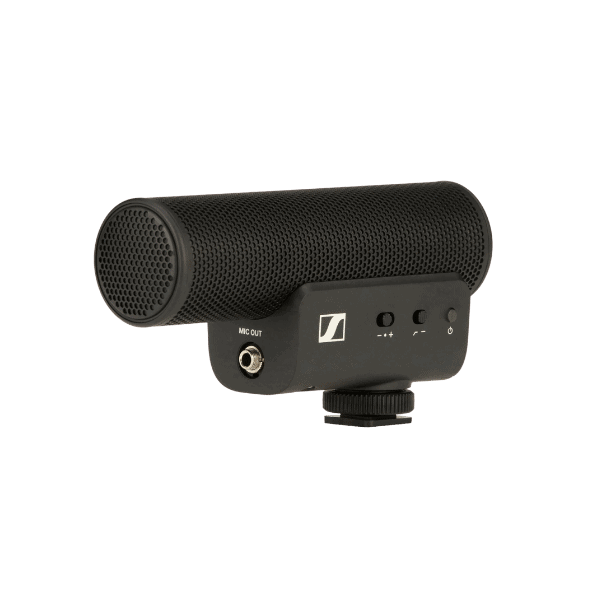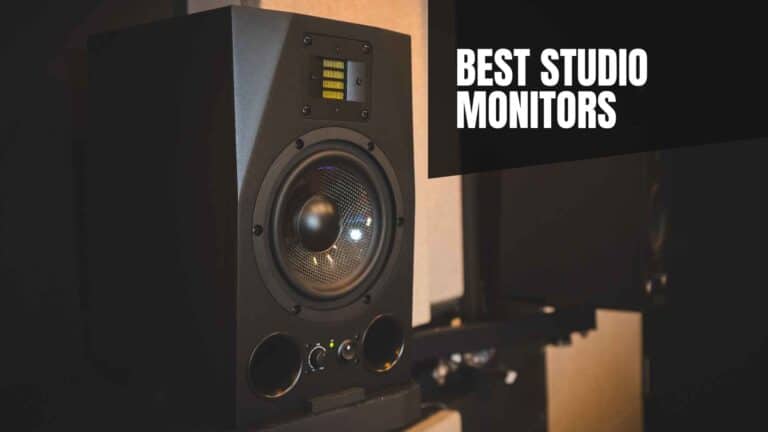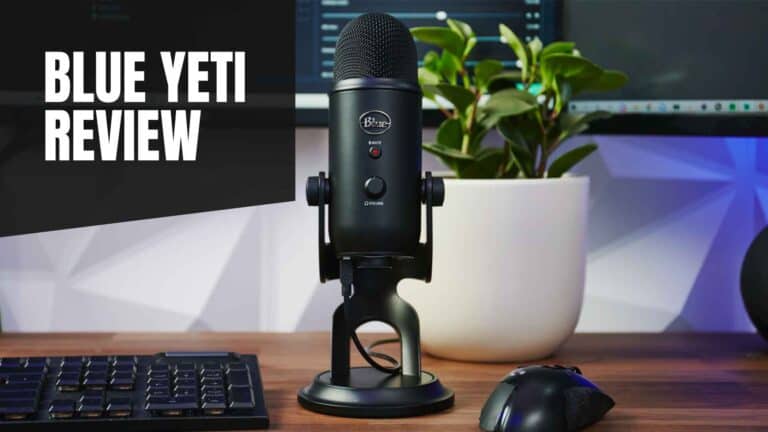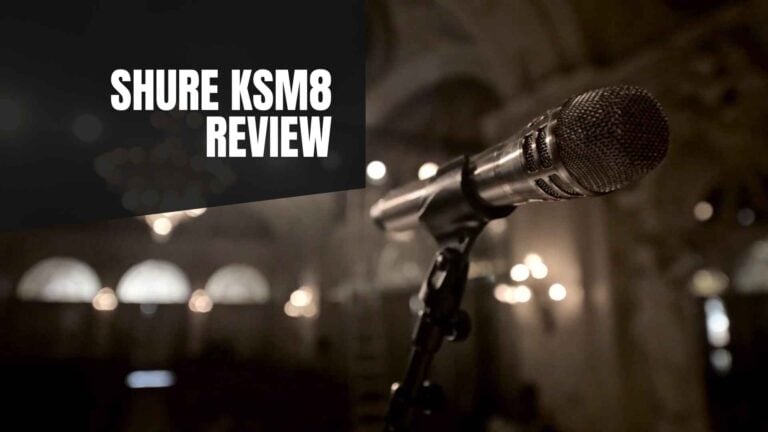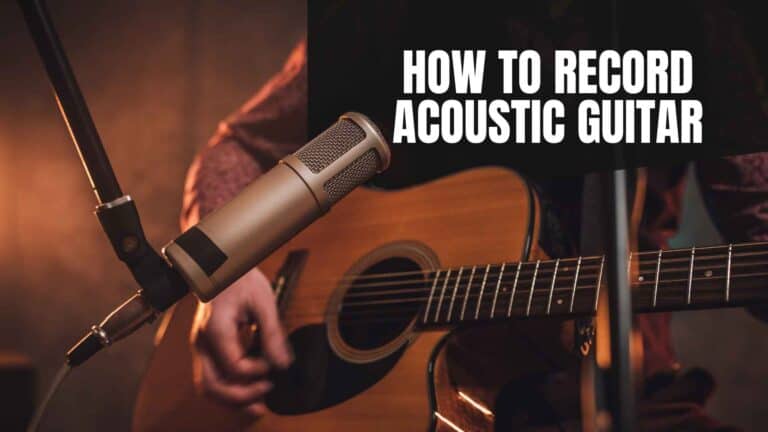10 Best Shotgun Mics that will Blow Your Mind in 2023
Are you hunting for a high-quality shotgun mic to take your videos to the next level? Look no further; I’ve got you covered with my top picks for the best shotgun mics in 2023.
Whether you’re a beginner just starting out with your DSLR camera, a vlogger on the go, or an experienced filmmaker conducting an interview or audio recording, there’s a shotgun mic out there for you.
Let’s jump in and check out these awesome mics that made the cut. From budget-friendly options to the best of the best, I’ve got all the details you need to know.
So, grab a cup of coffee (why do people always say that?) and get ready to upgrade your audio game with these top-of-the-line shotgun mics!
Table of Contents
What are the Best Shotgun Mics?
What are the best shotgun mics in 2023?
1. Rode VideoMic NTG – Most Versatile Shotgun Microphone ($249)
Why would you want this shotgun mic?
You want one shotgun microphone that can do everything. The shotgun mic you should choose if you only have one choice.
Product Info
- Polar Pattern: Supercardioid
- Transducer Type: Pressure gradient electret condenser
- Power Requirements: Internal batteries
- Frequency Response: 35 Hz to 18,000 Hz
- Sensitivity: -26 dBV/Pa (50 mV/Pa) @1kHz
- Max SPL: 120 dB
- Output Connection: 3.5 mm auto-sensing, USB-C
- Weight: 94g
- Accessories: SM7-R Rycote Lyre shock mount, TRRS to TRRS cable, 3.5mm to USB-C cable, 3.5mm to lightning cable, windshield
Features
- Internal rechargeable battery with 30+ hours of audio recording
- Variable stepless gain control knob
- Auto-sensing 3.5mm output
- Automatic on/off when connected to the camera
- Safety channel for recording a second track at -20dB
- USB-C port for direct connection to a computer
- 3.5mm jack doubles as a headphone output in USB mode
- -20db pad, 75Hz and 150Hz high-pass filter, and high-frequency boost
Pros
Cons

Rode VideoMic NTG
2. Deity V-Mic D4 – Best Value for Money ($99)
Why would you want this shotgun mic?
You want the best bang for your buck shotgun microphone.
Product Info
- Polar Pattern: Supercardioid
- Transducer Type: Pre-polarized condenser
- Power Requirements: Single AAA battery
- Frequency Response: 50 Hz to 20,000 Hz
- Sensitivity: -42 dBV/Pa (7.9 mV/Pa) @1kHz
- Max SPL: 130 dB
- Output Connection: USB-C
- Weight: 55g
- Accessories: V-Mic shock mount, foam pop filter, Deadcat windscreen, USB-C to USB-C Cable, USB-C to TRRS Cable, USB-C to TRRS Cable (Sony Compatible), 1/4” to 3/8” Thread Adapter, one AAA battery
Features
- Operates with a single replaceable AAA battery
- Variable stepless gain knob ranging from -5 to +10 db
- Automatic on/off when connected to the camera
Pros
Cons

Deity V-Mic D4












